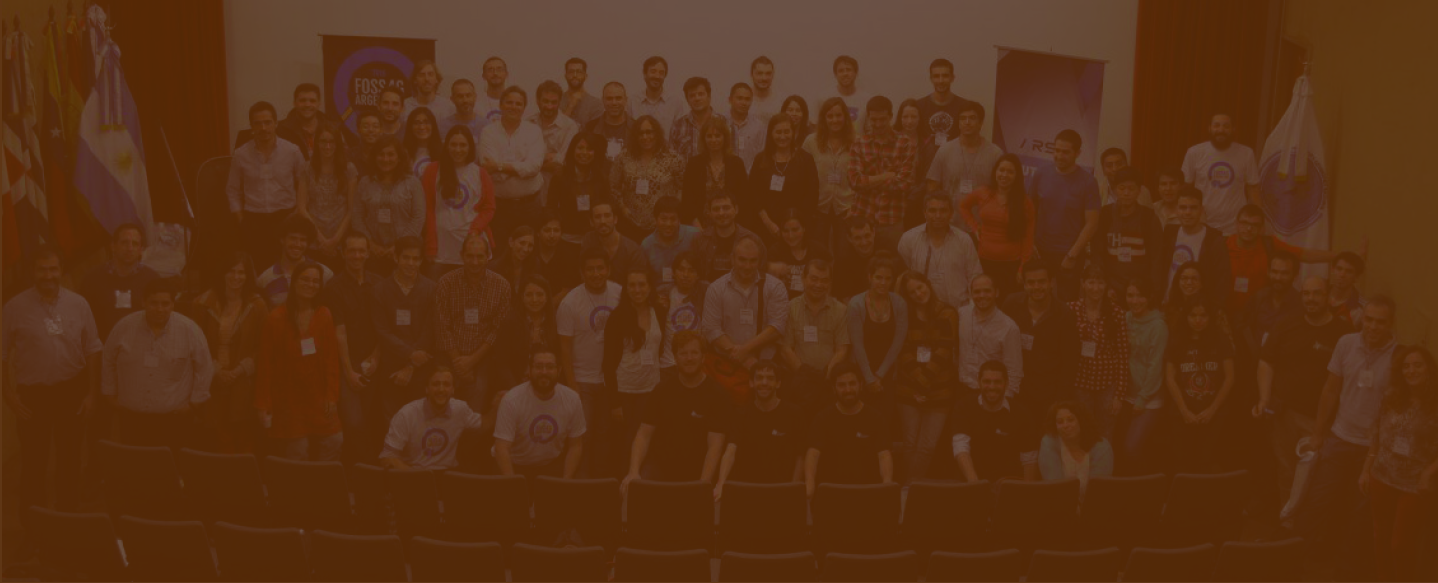2021-09-27, 09:00–11:00, Group on Earth Observations 2
The global refugee population has never been as large as it is today with at least 26 million refugees living in over 100 countries. Refugee settlements are often thought to be a temporary solution, however refugees typically remain in asylum for over a decade. Despite their large population and lengthy residence, refugees are routinely excluded from national censuses and representative surveys, and have broadly been overlooked in SDG evaluations. Open EO data offer untapped potential for improving our knowledge of refugee settlement dynamics and SDG progress driven by refugee-led development intervention, productive relationships with nearby hosting communities, and external humanitarian relief. Since EO-based assessments of SDG indicators are often based on multiple geospatial inputs, there is potential for inappropriate or biased input data to lead to harmful data cascades and flawed interpretations. We must therefore be cautious about using available EO and geospatial data in data-scarce or otherwise complex settings with vulnerable populations. Building on NASA GEO Human Planet-funded research, this workshop offers a primer on SDG mapping in refugee settlements with a focus on SDG 11 (Sustainable Cities and Communities) and SDG 15 (Life on Land) using a case study of three refugee settlements in Uganda and Google Earth Engine. We will discuss the need for refugee inclusion in SDG progress and monitoring efforts, provide an overview of relevant EO and EO-based geospatial datasets for mapping SDG 11 and 15 indicators, and guide participants in interrogating remote SDG assessments in refugee settlements.
We will focus on measuring indicators of SDG 11 (Sustainable Cities and Communities) and SDG 15 (Life on Land) at two refugee settlements in Uganda, Kyangwali and Pagirinya. All Google Earth Engine Javascript scripts and relevant assets (i.e., data products) will be available to participants through Google Earth Engine without need for local download.
For SDG 11 (Indicator 11.1.1: Proportion of urban population living in slums, informal settlements or inadequate housing), workshop participants will access open population datasets based on EO data. We will walk through an analysis of settlement-level population estimation of HRSL, GHSL-Pop, and WorldPop across the three case study settlements. We will compare population coverage to available building footprint datasets within the settlements and examine reasons for agreement or disagreement. We will compare our three population estimates for each settlement to UNHCR population statistics and discuss consequences for misestimation.
For SDG 15 (Indicator 15.3.1: Proportion of land that is degraded over total land area), workshop participants will access various vegetation condition datasets. We will provide an overview to measuring land degradation with open EO data following SDG protocols. Participants will assess indicators of land degradation in and around refugee settlements, compare results between different measures of land degradation, and examine the potential of biased population and refugee settlement data contributing to inaccurate assessments of land degradation.
Jamon Van Den Hoek, vandenhj@oregonstate.edu, @JamonVDH, www.conflict-ecology.org (1)
Hannah Friedrich, hfriedrich@email.arizona.edu, @hk_friedrich (2)
(1) Oregon State University
(2) University of Arizona
2 - Basic. General basic knowledge is required.
Requirements for the Attendees –Attendees must have access to the Google Earth Engine Javascript API by signing up at https://signup.earthengine.google.com/.
All data presented in workshop will be open-access, and relevant links will be provided to attendees.
www.conflict-ecology.org
@JamonVDH
Associate Professor of Geography at Oregon State University

